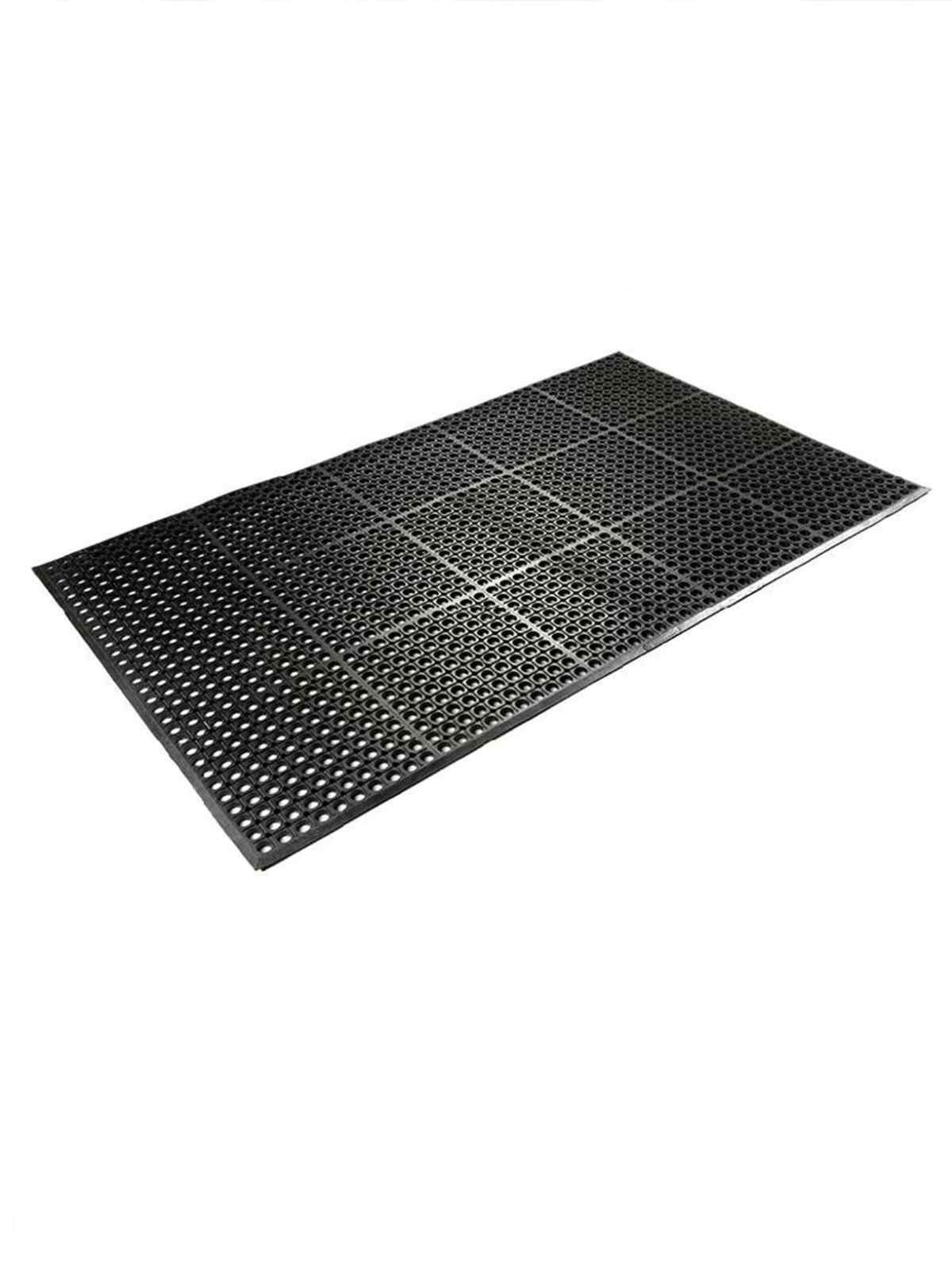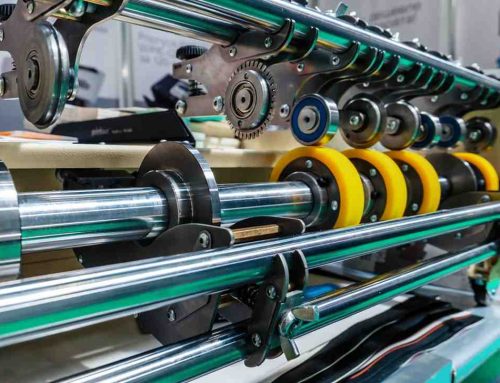Non-slip floor mats are essential for a safe and effective workplace. Everyday discomfort while working can hit your bank balance hard – as well as painful industrial injuries. Employees who spend long periods standing on unyielding concrete floors may develop musculoskeletal problems. As well as causing pain and tiredness, these conditions can make people take time off work and be less productive in (the workplace). This guide explains that industrial floor mats do more than reduce slips and trips; they also provide an unexpected bonus by making it more comfortable to stand for long periods. Fit employees are at lower risk of developing MSDs – so investing in ergonomic mats could pay dividends for any company with manual workers.
We provide various solutions for this in different areas such as the mining industry, food production, ergonomics technologies, roller technologies, and more so our coverage is comprehensive. in the proceedings we will dig deeper into the details regarding non-slip floor mats.
Dangers Hidden in Your Floors — The Real Cost
Non-slip floor mats can improve different settings and environments in many ways. Fatigue, pain, absenteeism, and injuries. These are common complaints among workers in industrial sectors. And many of them can be traced back to one underfoot culprit – that unforgiving tyrant, concrete! MSDs are an umbrella term for a variety of painful conditions that affect the body’s muscles, bones, nerves, or joints. When we look specifically at how widespread this issue has become within industrial environments, along with some of the science behind why concrete seems to make things worse, its severity hits home. How common are MSDs in these workplaces? Shockingly so! According to data taken from the US Bureau of Labor Statistics (BLS), they make up about 35% of all instances where somebody has hurt themselves on the job seriously enough to take time off work; lots occur in manufacturing or doing other ‘manual’ tasks. Biomechanics means simply the way our bodies move mechanically; when you’re standing still on a hard surface–- or even walking around on one — your natural biomechanical patterns get disrupted. This static loading onto muscles and joints increases dramatically if those muscles and/or joints happen to be part of a system like the legs and lower back.
Concrete floors do not absorb shock particularly well: if at all.
So when each person takes a step here there is no sponginess beneath their feet helping to cushion the impact as the foot hits the ground. Energy waves continue traveling upward once again hitting bony surfaces without being dampened very much. This ongoing transmission of force does not just cause tiredness (which might have been expected) but also discomfort plus actual damage to tissues in too low-back region. Indeed, it has the potential to create serious problems such as herniated discs which could require surgical intervention. When any individual moves around normally his body parts do not vibrate markedly – that is unless he happens walking along a road surface made entirely from concrete slabs! So-called ‘knee pain’ is another thing can reasonably common complaint among people who spend all day standing directly upon floors, particularly if they have been laid ground-bearing slab design construction. It lacks ‘cushioning support’ provided by hard underneath feet that don’t half tire out fast; meaning over periods tension fatigue builds up within structures and calf areas producing sensations of aches and pain cramps. Effects often felt towards latter part shift workers feel need to sit down because simply weight-bearing any longer.
What To Consider?
These numbers are worrying and show there is more to this issue than meets the eye. When you add up the money businesses spend on direct medical costs for employees with MSDs and the cash they lose because those workers are not productive, it comes to an annual average bill of $18 billion (Bureau of Labor Statistics). Then there is another problem which affects how many days people miss from their jobs through ill health or injury—such conditions now rank high worldwide for causing absenteeism among staff. Individuals each take on average 9 days off every 12 months for this reason alone. But it’s not just being off sick that hurts firms’ profits; having a member of staff who is present but going through the motions because they are in discomfort also known as presenteeism can be costly too.
MSDs cause huge human hardship along with extensive financial problems for the industry so measures that reduce either aspect of this must make sense. Take industrial floor mats for example: by introducing changes like these risks can be cut substantially—meaning both well-being at work will improve and levels of output go up.
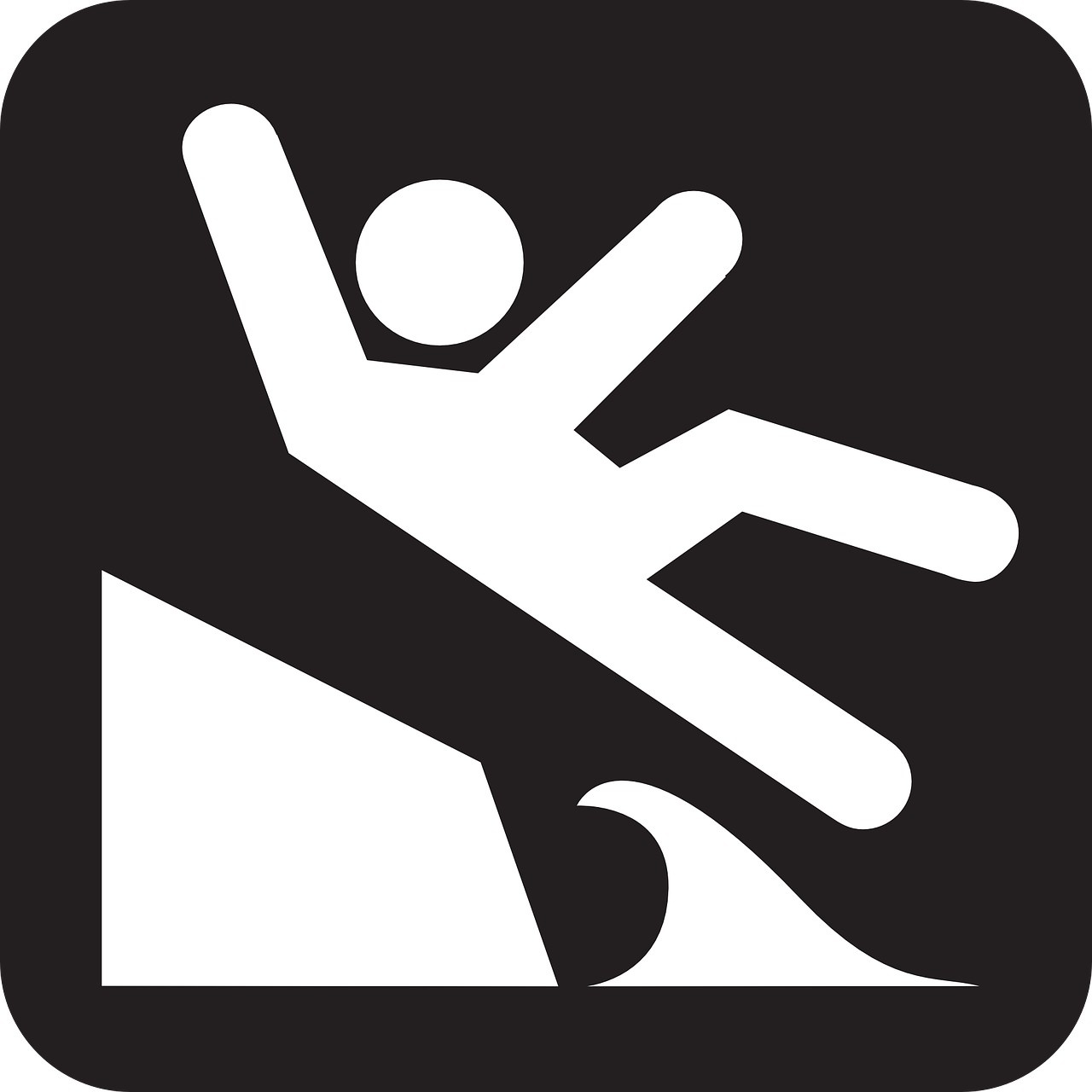
The Science Behind How Non-slip Floor Mats Support Ergonomics
When chosen for their ergonomic benefits, industrial and commercial non-slip floor mats can be a crucial part of preventing musculoskeletal disorders – but how do they do it? Here we look at the science behind how supportive floor coverings work.
- Pressure distribution: Hard floors such as concrete concentrate force on areas like heels and balls of feet; ergonomic surfaces spread this out more evenly across the whole foot area so there’s less peak pressure at any one point (and hence less discomfort or tiredness in muscles). This principle relies upon materials used having properties that combat fatigue very well indeed. High-quality examples often feature foams or gels able to offer support without losing sponginess after prolonged use.
- Encouraging tiny movements: Staying still for long periods—especially when standing up straight on unyielding surfaces—is bad news for backs, joints, and leg muscles. But subtly suggesting your body make minuscule adjustments all the time could help avoid so many of these drawbacks … which is where products come into their own! By making feet/legs etc. do slight shifts every few seconds automatically, it becomes possible to:
- boost circulation because legs don’t have ‘pool’ blood around lower limbs
- reduce general muscular effort while remaining stationary enough to reap all
- over relief effects may also incorporate extra features permitting even smaller than usual motions; some textured options fall category.
- Anti-vibration: If you have ever noticed aftershocks of heavy machinery nearby slamming doors or even felt impact sports floor beneath the yoga mat, then will be aware many activities produce continued jarring movements throughout objects and persons standing them. An example of how this might play out can be seen with nitrile rubber or closed-cell foams. These materials have a knack for sponging up vibrations that would otherwise pass into a worker’s legs, back, or joints—placing stress on body parts that don’t need it.
- Thermal Insulation: Sometimes making do with what you’ve got means putting up with cold, hard facts: like how standing around on concrete floors can be mighty uncomfortable (not to mention tiring) for industrial workers. One way job site managers address this issue is by providing workers with an ergonomic floor mat that offers thermal insulation. A layer of material designed to help retain heat could make standing more bearable over a long shift. Such mats might be made from stuff with low heat conductivity properties – meaning their job is essentially holding in warmth.
In some cases manufacturers take things further still by incorporating air pockets into products; this creates a barrier that stops cold from the ground surface from being felt by feet resting on top of it. If employees are less tired and achy, there’s every chance they will feel happier too (plus more able to concentrate properly); surely caring for staff in ways like these must count as good business practice!
We also suggest that you go through our previous elaborations on Anti Slip Mats: Choose a Safe Coefficient Of Friction (COF); Anti-Fatigue Flooring Mats: Ergonomic Improvement in the Workplace and Soundproof Flooring Mats: Creating a Quieter Work Environment so you can see the differences in details they offer and make the right decision for your setting.
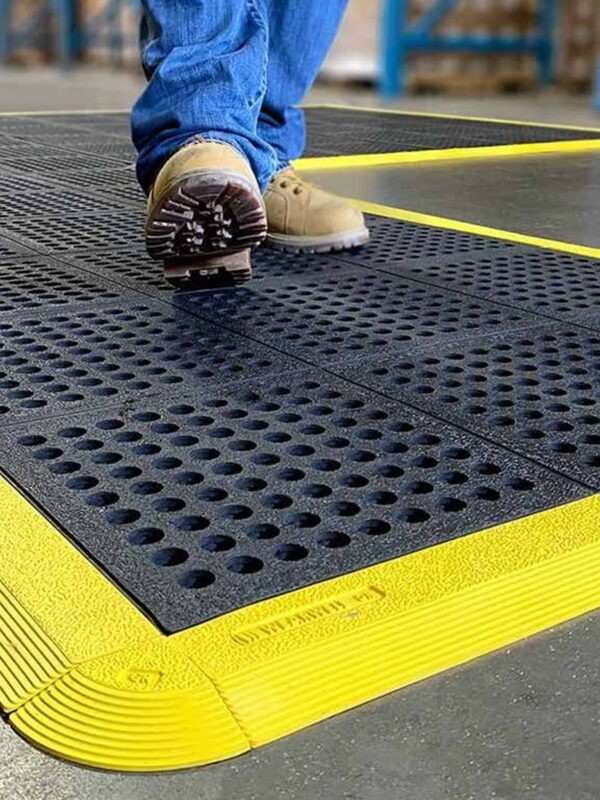
Comprehensive Ergonomics for the Modern Workplace
While industrial mats are great for ergonomics, you need more than them to make your workplace truly ergonomic. Here is some advice from ACOEM (American College of Occupational and Environmental Medicine) and NIOSH (National Institute for Occupational Safety & Health):
- Badly designed workspace: Did you know having badly designed workstations might up someone’s chance of getting MSD by 50%? It’s important that assessments of how people work and adjustments to fit them properly take place; this includes considering their body measurements so they don’t end up putting muscles or joints under unnecessary strain.
- Taking short but regular breaks — micro ones — throughout each shift. These pauses (2-5 minutes an hour) enable staff to stretch their legs, change position, or maybe just have a little walk around! Studies indicate introducing such intervals could reduce the risks of developing MSDs by half as well as making people more awake and concentrating better on tasks at hand.
- Giving employees information is empowerment. Teach them about safe lifting practices, body mechanics, and movements that look after posture–it all helps cut down MSD risk loads. Training staff on how best to set up desks plus use tools like back supports or footrests correctly adds further elements making worksites safer places to be employed.
When additional strategies such as those above are combined with using industrial mats, the overall risk from MSDs can be slashed dramatically. Protecting staff means fewer sick days taken; this boosts business productivity levels while also lowering outgoings related to compensation claims if employees do become unwell or injured.
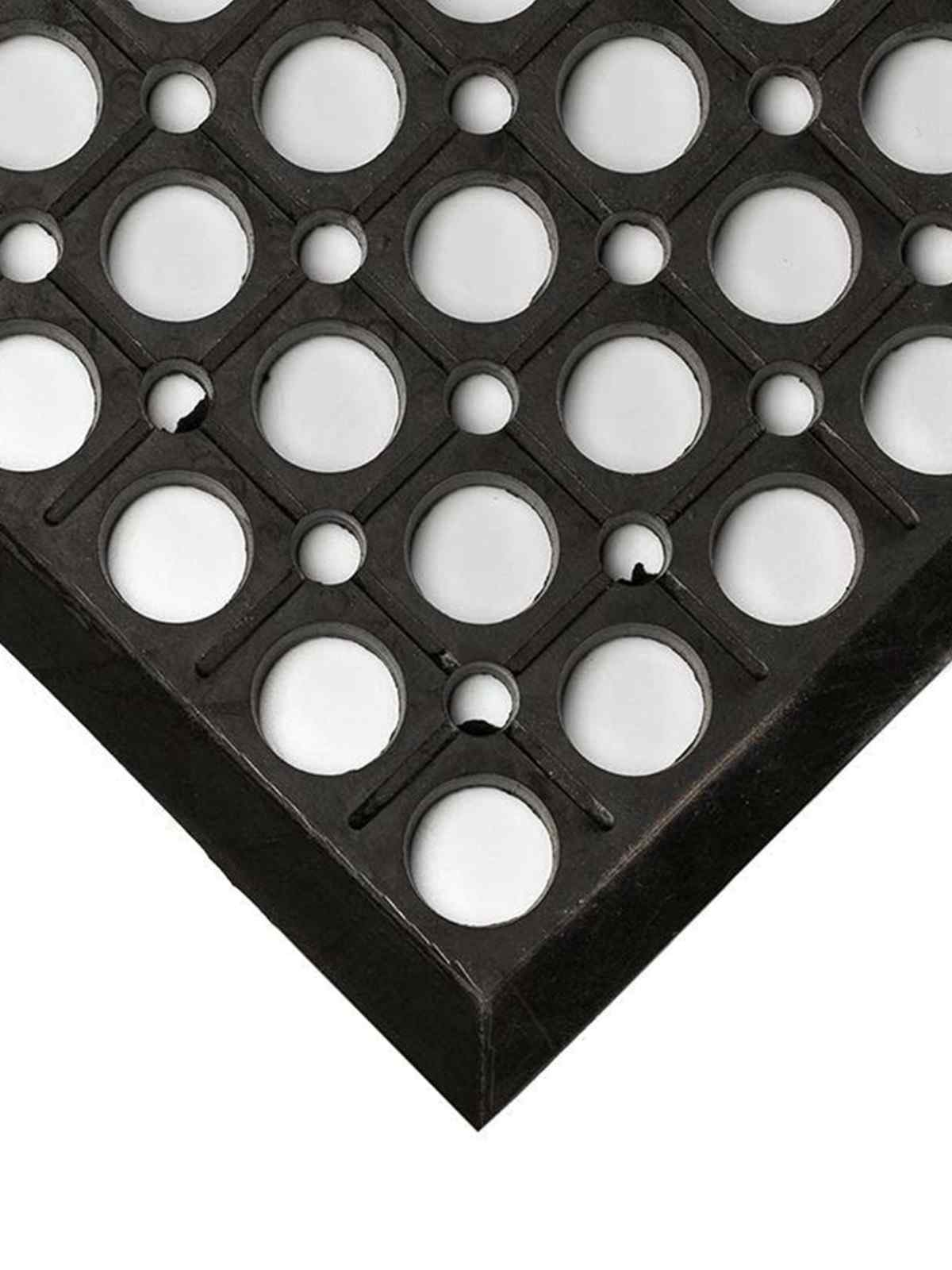
The Financial Advantages of Ergonomic Floor Mats
While buying ergonomic floor mats may seem like an unnecessary cost, it is an investment that will save you money in the long term. We analyze the data below to show exactly what returns you can expect–and when.
- Reduced absenteeism: Workplace absences because of musculoskeletal disorders (MSDs) cost employers dearly. Research from the US government’s Bureau of Labor Statistics indicates that MSDs account for an average of nine sick days per worker each year. Fortunately, there is evidence suggesting things could change for the better if companies were willing to put upfront funds for ergonomic interventions such as specially designed floor coverings –which might reduce risk by between 15-50%. Having a healthier workforce means fewer missed shifts overall, so productivity goes up.
- Improved productivity: If employees find that standing on hard floors causes them discomfort after a while their ability to concentrate may diminish along with their output. Recent work by Cornell University’s ergonomics department found introducing some simple measures led to improvements ranging up to one-fifth; basically, workers feeling less tired or sore means they’ll be more alert and less prone to mistakes–overall this adds up handsomely too.
- Higher morale among staff plus lower turnover rates: One way of making people feel good about coming into the office job each day is showing concern for their welfare which can be done by installing things like flooring materials. This not only helps boost workers’ spirits but also makes financial sense according to Society Human Resource Management–keeping hold of someone already trained typically costs between 90% and 200% of his annual salary. There are savings to be made here: if fewer workers leave posts because of a bad back, etc., then obviously fewer replacements need recruiting/training at great expense.
- Lessening the bill for injuries: Employee absenteeism is a self-evidently costly affair in manufacturing industries According to the BLS, employers spend about $18 billion a year on direct medical costs and lost productivity because of MSDs. Ergonomic mats can help prevent these injuries, which means lower costs–and a big ROI.
There are more benefits too: When you use them (and fewer workers get hurt), it shows people that their health matters Lots! Investing in this type of thing makes staff feel good It also helps them be more productive (ie happy) overall—which is good for business as well.
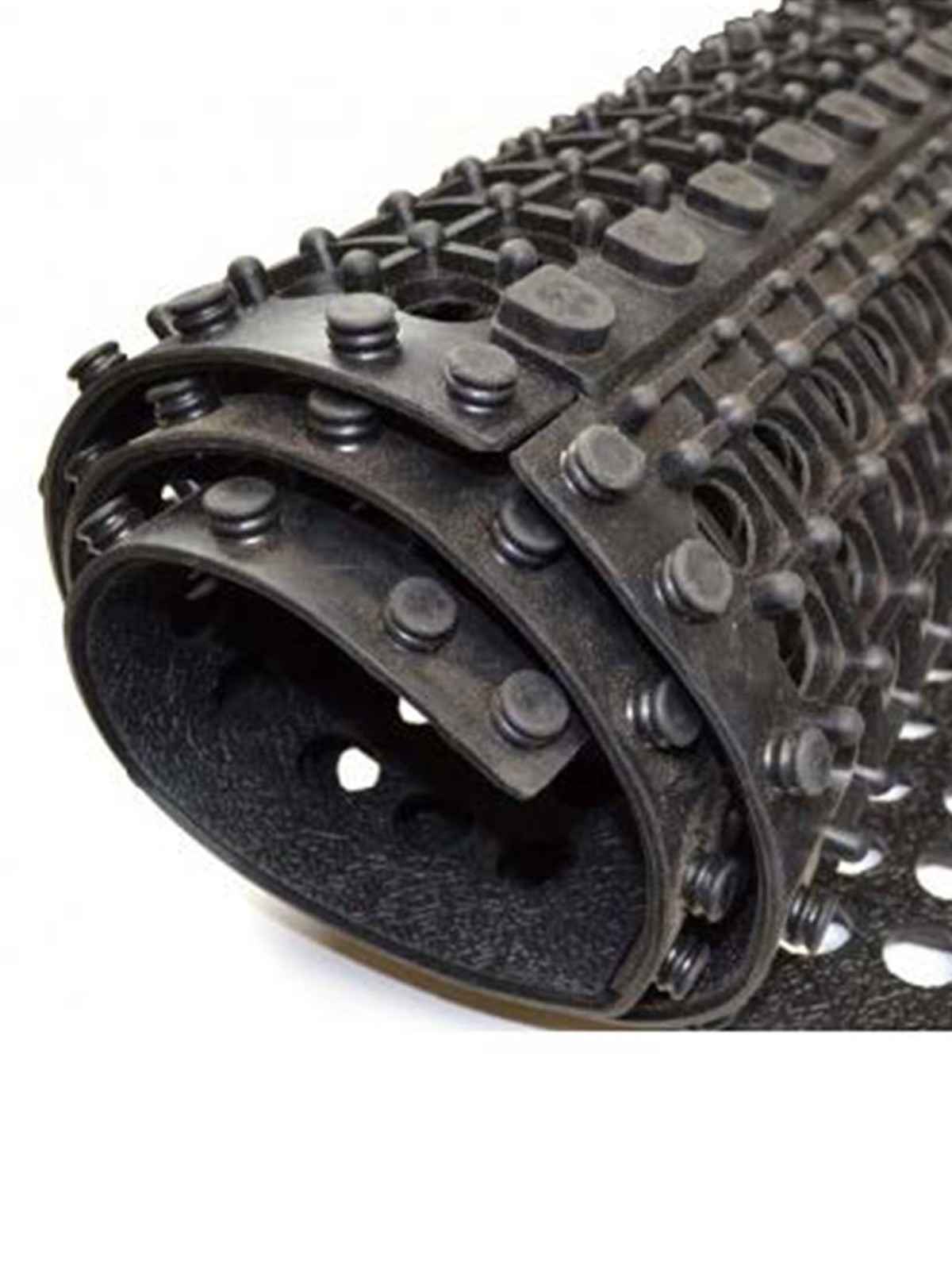
How to Choose the Best Ergonomic Floor Mat Using Data
When selecting an ergonomic floor mat, you need more than just a color and size; you need to consider key factors supported by technical specs and industry best practices. Here are some things to think about.
- Material Selection: The right material for your mat will depend on what you want it to do:
- Fatigue-Resistant Foams: Research suggests that closed-cell EVA foam at least 19mm thick can reduce peak pressure on your feet by up to 30 percent.
- Anti-Vibrational Mats: Nitrile rubber mats with a minimum hardness of 60 Shore A help to combat vibration from heavy machinery – meaning less grumbling from your legs and lower back.
- Anti-Microbial Mats: If hygiene is hi-tech important, there are also mats with antimicrobial additives to fight funky fungi plus bacteria.
- Thickness & Support: thicker mats give better cushioning but there may be times when this is Pracmatic rather than exclusively. Doors that open over one might require a thinner mat (at least 13mm) so people don’t trip over the edges; ditto if they have wheels on office chairs.
- Size & Coverage: I Want a Mat That’s This Big …It should be large enough to stand on while carrying out high-traffic task areas as well as those where you stay in one place for ages. Such As Modular Mats made from segments like huge jigsaw puzzles—so buy enough pieces/units to cover all or most of an area.
- Drainage Needs: Some have holes drilled through creating a sort of upside-down egg box effect others are solid but slightly see-through chequerboard pattern.
What Do They All Have In Common?
These suggestions are based on research into what works best; wherever possible use numbers and technical information when ordering goods/services to meet these standards. When workers are comfortable, healthy happy they are likely to be more productive too! Don’t forget: Investing in ergonomics knowledgeably will result in a workforce that is both healthier and happier–which is good news for your employees and for the business itself!
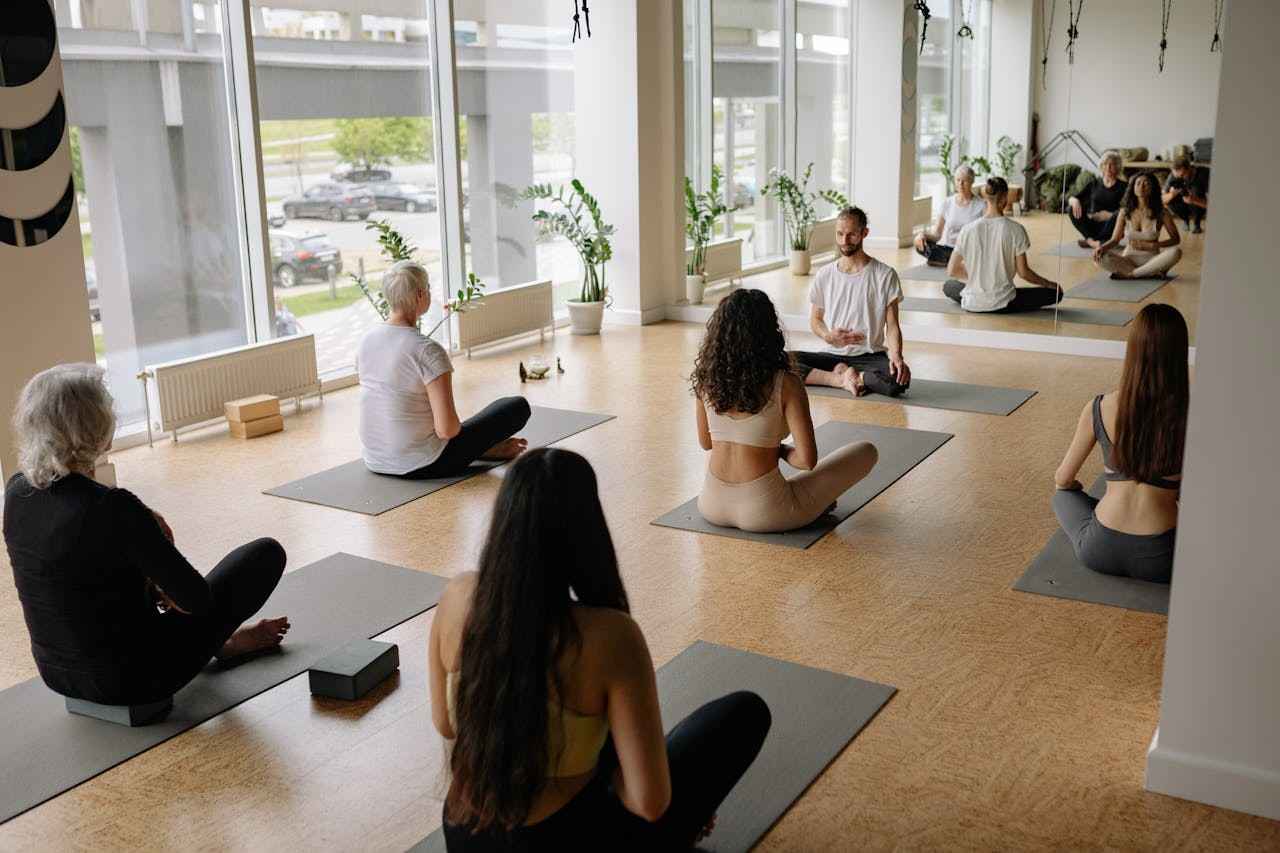
Improving Health and Safety: Picking the Best Non-Slip Floor Mat
Choosing a non-slip floor mat isn’t just about preventing slips and trips. To make sure your employees are comfortable on their feet–and safe–it pays to work with people who know what they’re talking about for workplace ergonomics. Here’s why.
- Certification Counts: Leading suppliers stock products that meet key safety standards such as ASTM International F1677, which assesses materials for their grip (or friction). This means items have been tested rigorously to check they do what they’re supposed to in real life–stop you skidding about when things get slippery underfoot.
- Know-How: Find a firm whose team includes specialists in ergonomics–the science of making work more comfortable and efficient for humans. It should be able to advise you on which material a mat should be made from, how thick it ought to be, and whether one of its designs is better at reducing tiredness and discomfort than another.
- Don’t be afraid to ask questions: Ask questions about other stuff too like whether a mat is strong enough to cope with being dragged across it repeatedly or if it becomes more–or less–slippy when wet.
If there are certain chemicals or oils present in your place of work, they’ll need to know that as well since not all mats are suitable for contact with them.
More Than ‘Just’ Non-Slip Floor Mats: Going Further For Comfort
Features could include: Making sure materials are resistant to tiredness-inducing compression (EVA foam is one example). Offering a choice of thickness so you can have something soft enough to stand on for eight hours straight but not so bulky it’s hard to move heavy objects across. Putting beveled edges on things so nobody trips over them. Adding substances that stop bacteria spreading (if your site washroom has both soap dispensers and posters about food hygiene this might appeal). Selecting floor coverings this way round may also pay dividends beyond staff well-being; there could be fewer days lost because of sickness absence each year plus people might get more done.
Advanced Safety Features for Safer Floors
Although tough and slip-resistant are must-have qualities for ergonomic non-slip floor mats, some products go further by incorporating special safety elements. More advanced features can include:
- High-Visibility Colors: it’s a stark fact that 70% of workplace injuries happen on dimly lit floors. But anti-slip mats in screaming yellow or orange can fix this — especially if your workers operate heavy machinery around corners or in other areas where there’s not enough light for them to see what they’re treading on.
- Photoluminescent: These Mats Do Glow in the Dark! Some types don’t just stop you skidding around when the lights cut out unexpectedly–they carry on glowing themselves for hours on end afterward as well. This makes for safer walking plus fewer trips and falls during nighttime evacuations, and has been proven so effective by boffins at NIST (National Institutes of Standards and Technology) that similar technology is now used in those stick-on emergency route guides you see in hotel corridors.
- Beveled Edged Mats: Because Slipping — Over Something Else — Can Hurt Too – According to OSHA (Occupational Safety & Health Administration), trip-related accidents are one of the top three reasons workers get hurt badly enough at work to need time off.
- Anti-Bacterial Mats: for Hospitals, Cleanrooms, and Food Preparation Areas Take a moment to think about what you need out of your mat and talk to the manufacturer about creating one that’s safe and comfortable for your employees—whether that means a different size, shape, or material.
While not essential for all situations, these more advanced capabilities provide important hygiene and safety advantages. Think about what you need in your workplace, talk to your ergonomic mat supplier — and make sure you get the benefits of comfort and safety included when putting together a tailored package.

Don’t Let Safety Slip Away: Non-Slip Floor Mats Maintenance
Even the most state-of-the-art ergonomic non-slip floor mats need regular upkeep if they are to provide lasting safety benefits. Here’s why you shouldn’t take a reactive approach:
- Preserving slip resistance: A build-up of dirt and grime will see a floor mat lose its slip resistance, making it less effective at preventing accidents from trips and falls. Regular cleaning as per the manufacturer’s guidelines will mean the mat offers the best possible traction at all times–studies have shown that well-maintained mats can reduce slips by 30%.
- Maximizing durability: Constantly walking on the same spot, exposure to harsh chemicals or cleaning products that aren’t suitable, and not washing it frequently enough: all these things can make a floor mat deteriorate more quickly. By checking mats regularly and replacing them when necessary, you can avoid creating tripping hazards of your own–plus you’ll get many years more use out of each mat.
If you make sure your anti-fatigue mats etc. are always in tip-top condition (rather than just reacting when they look really dirty or someone complains about them), you’ll be able to continue benefiting from them for ages. And so will your workforce! We are always happy to discuss clients’ specific requirements with them, whether they wish to place a small order or buy in bulk.
Conclusion
Developing a secure environment, one measure at a time, visualize workers coming to work thrilled for the day ahead — not just punching in and out. It’s possible, though; all you need do is prioritize safety within your industrial setting. Sure, one anti-slip mat is an important step; but real safety involves more: It’s like building a fortress with many bricks! Workplace safety measures such as staff training, clear signs (in appropriate languages) about dangerous areas plus keeping things clean so there are fewer obstacles to trip over all help promote overall wellbeing–which means not only will you have fewer accidents (and therefore lower costs) but also happier employees. Investment on this front may lead not just to cost savings from fewer injuries or sick days taken by staff members, but also possible gains including morale boosts among workers who feel valued because their employer wants them both safe & comfortable at work. A situation proven to make people more productive over time; there is even anecdotal evidence suggesting effects may begin manifesting themselves quite rapidly indeed. And don’t believe those old skeptics who try telling you it’s impossible! It’s not simply a box-ticking exercise either when managers undertake such initiatives; rather they are designing surroundings where everybody can flourish: Sending out a clear message that we care about how well our colleagues/ friends do here with us. For is just another boring chore that has to be done every day if possible. Building upon existing good practices — would any responsible parent leave a small child in the room having lit a fire underneath painting a cotton wool ball? Of course not! They’d take out the kid straight away and look after them properly straight thereafter making sure similar accidents did not happen again: Well the same principle applies when thinking up new ways to improve what already happens at the workplace, anyway!
Still confused about the details, consult our experts to reach suitable solutions and expected results. Don’t forget to come back to our latest news in the industry area so you always remain up to date on the latest advancements and best practices.
